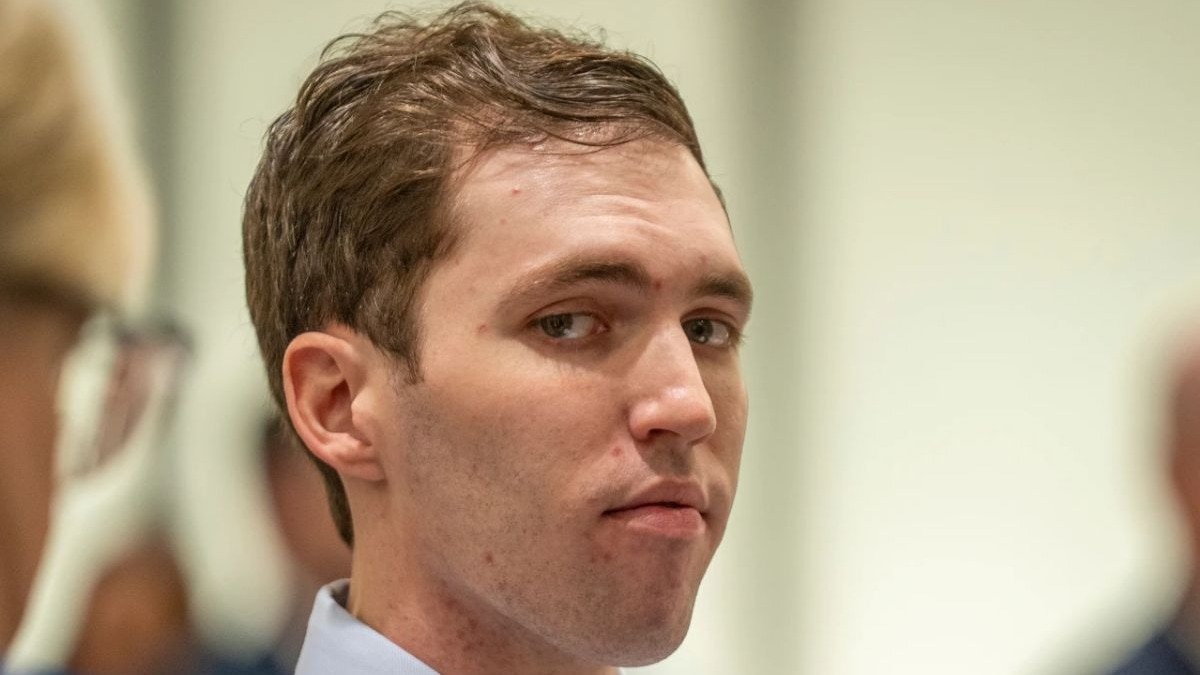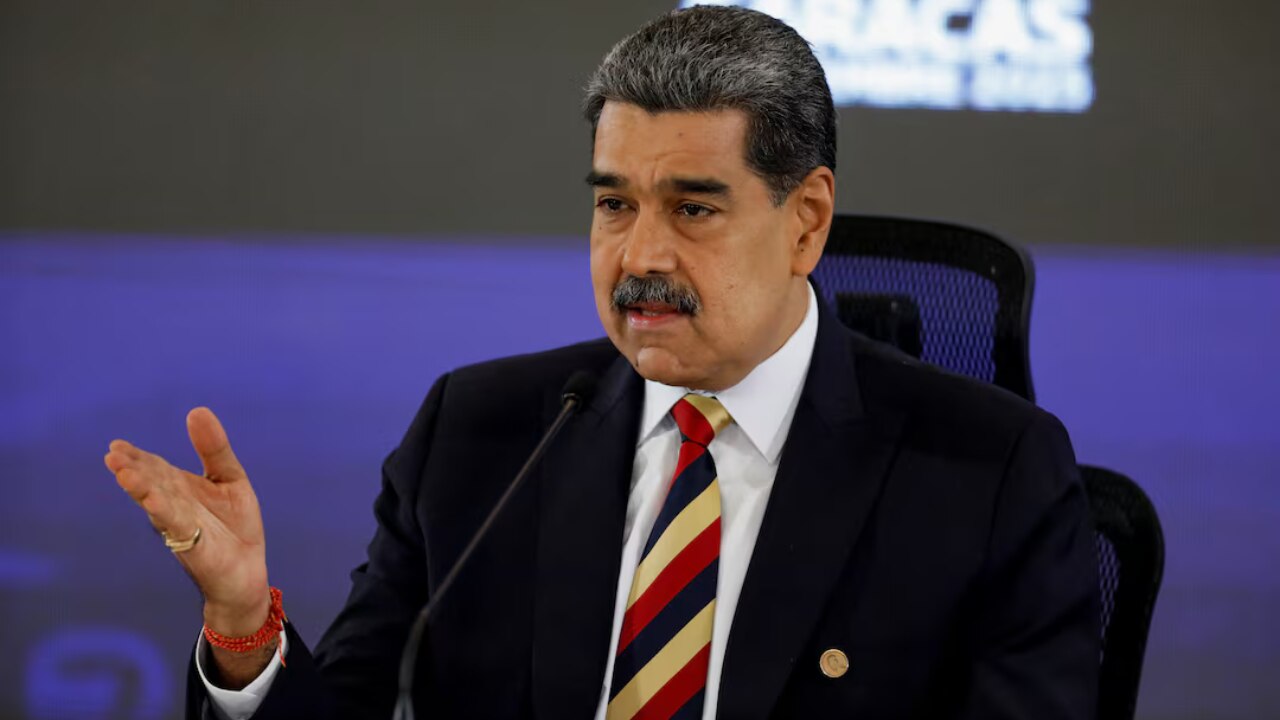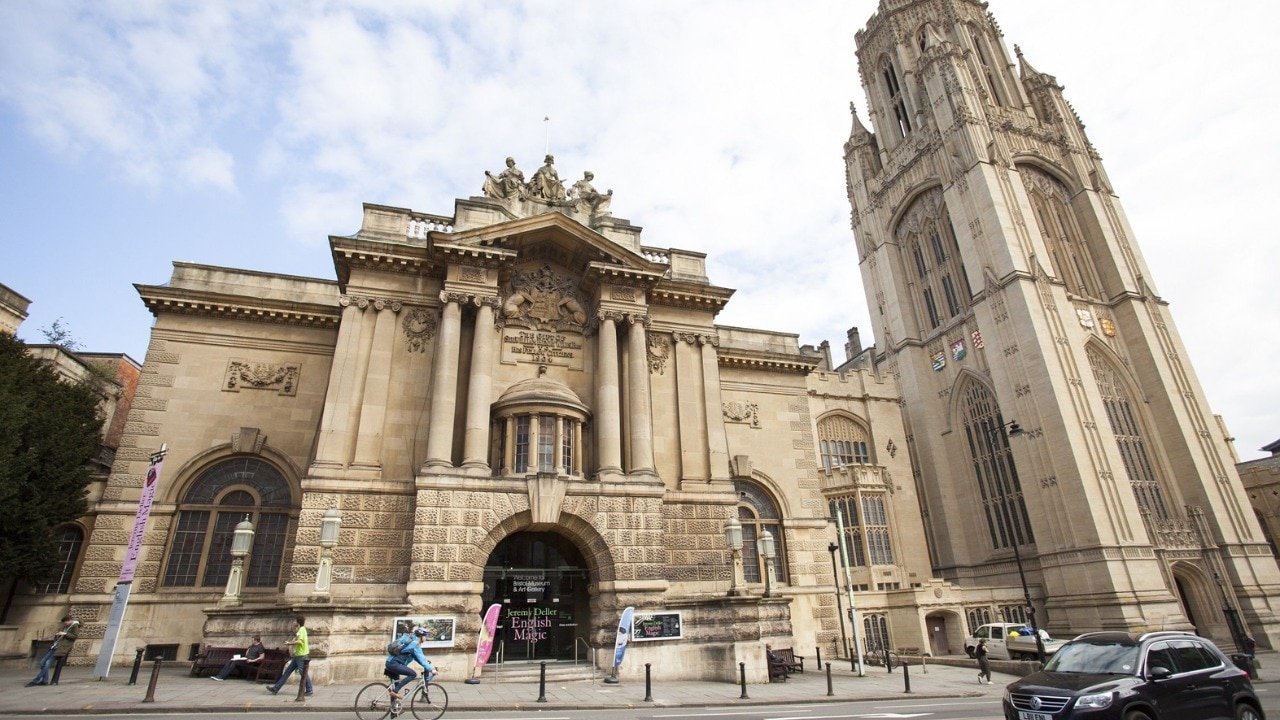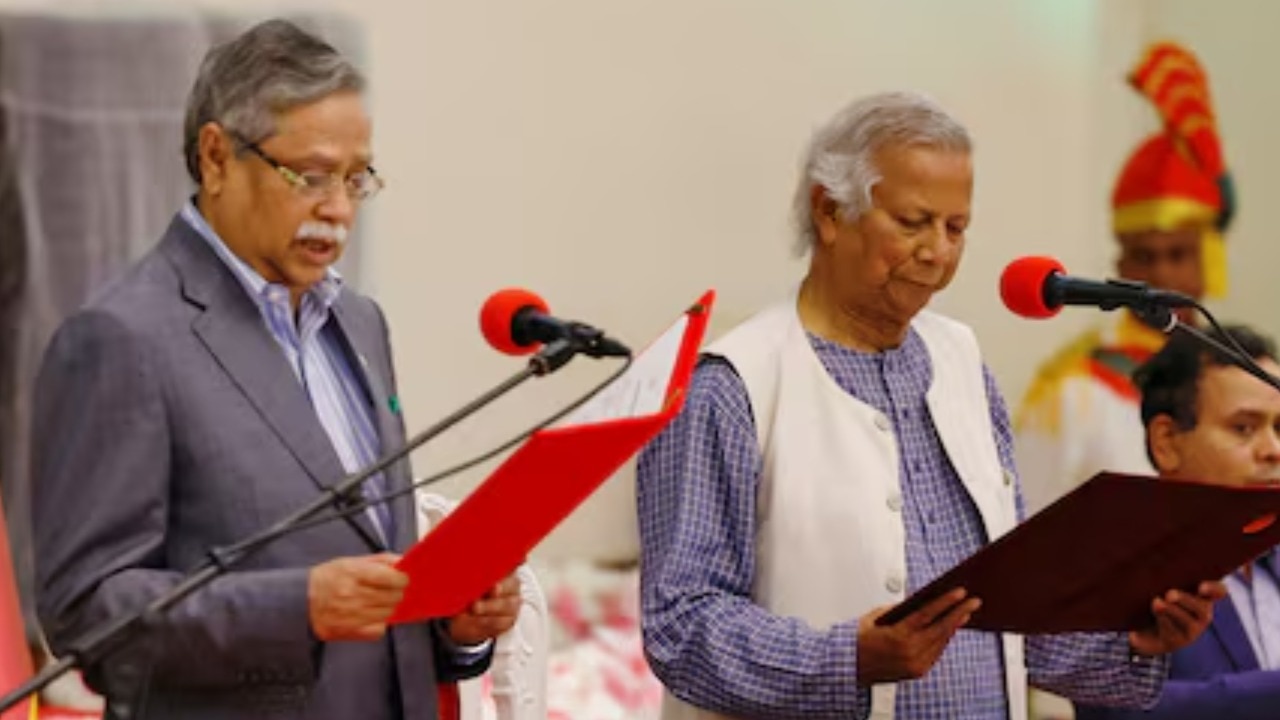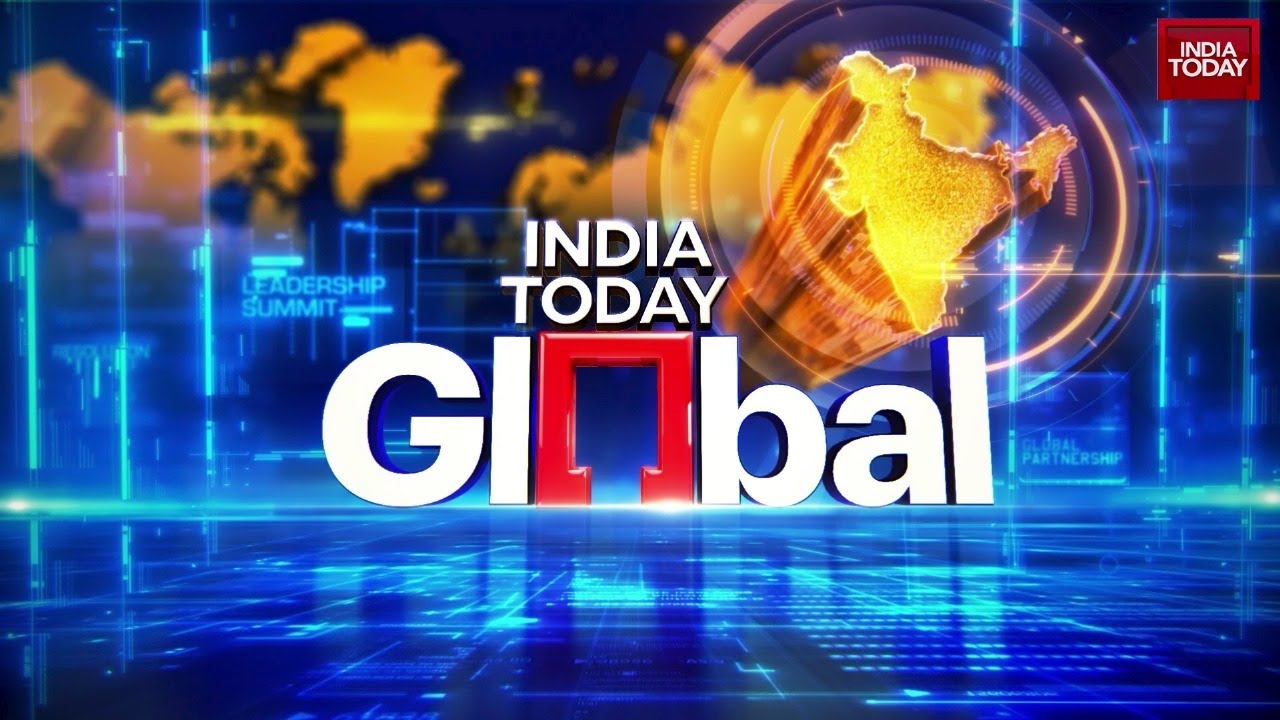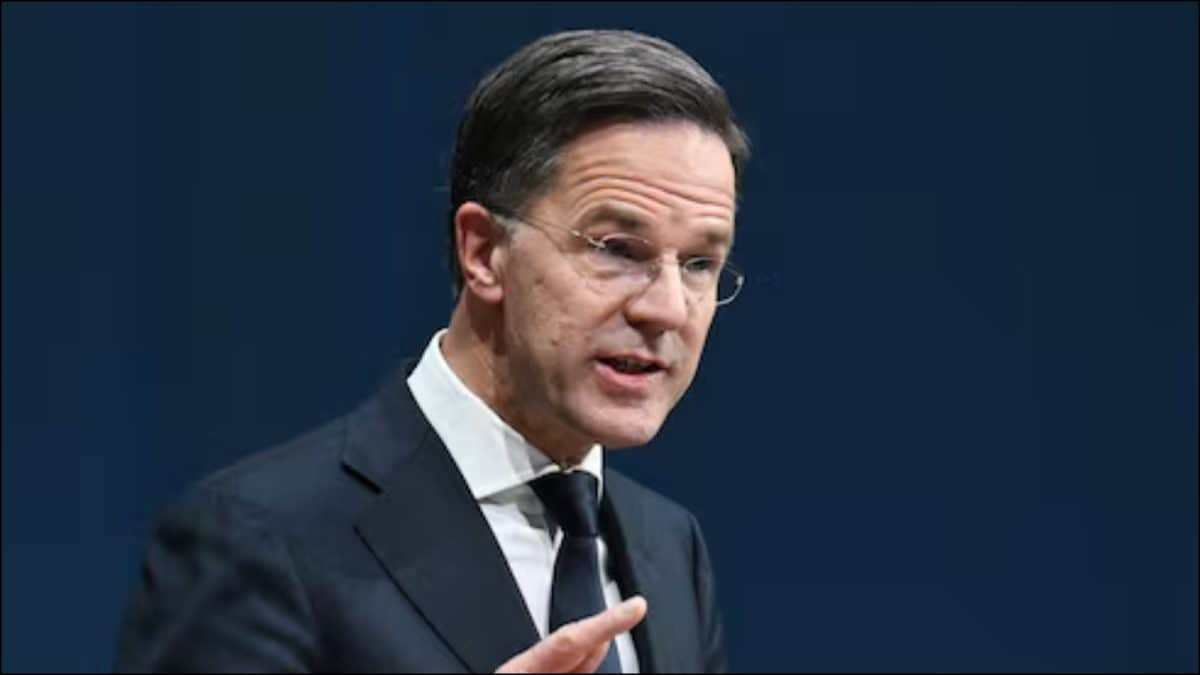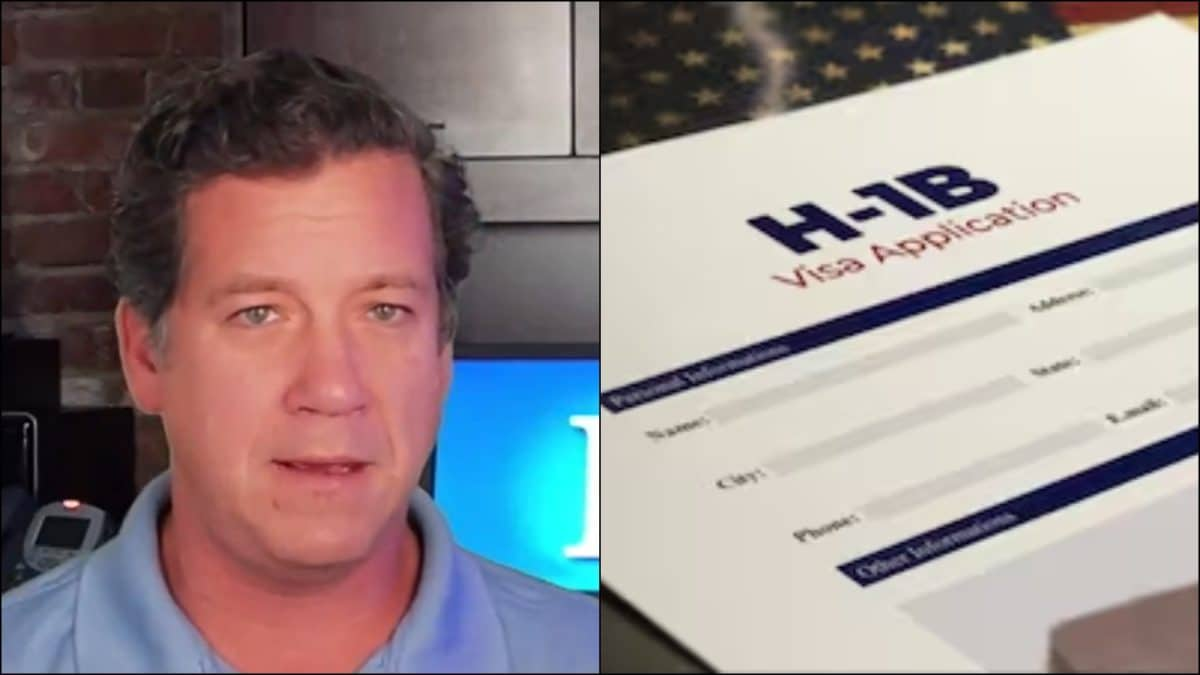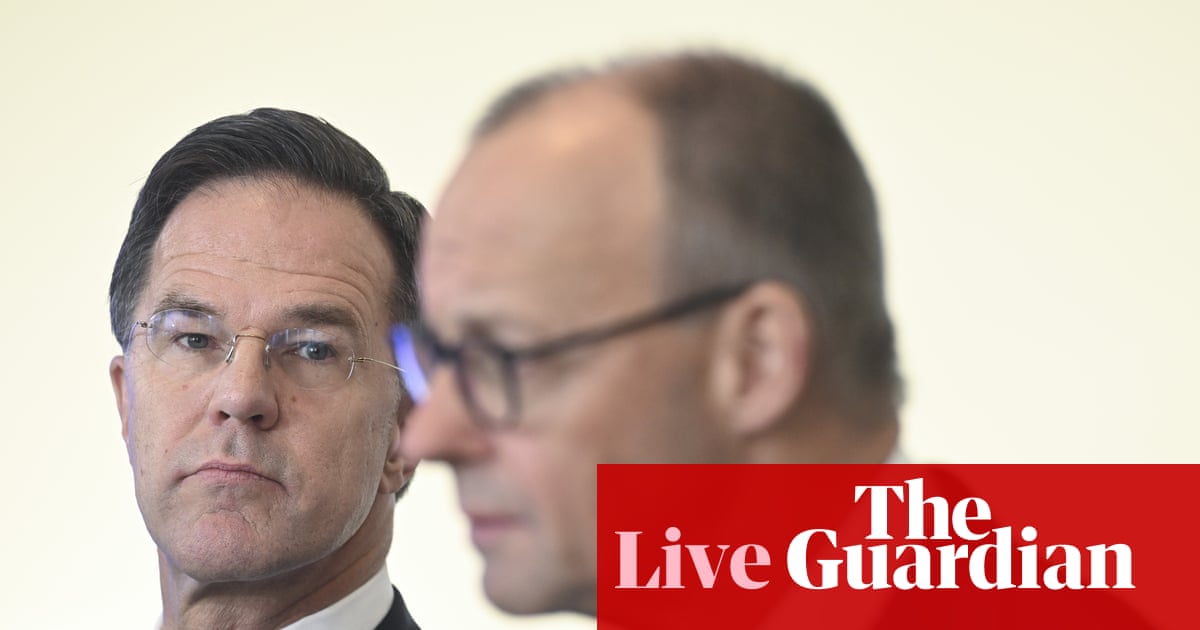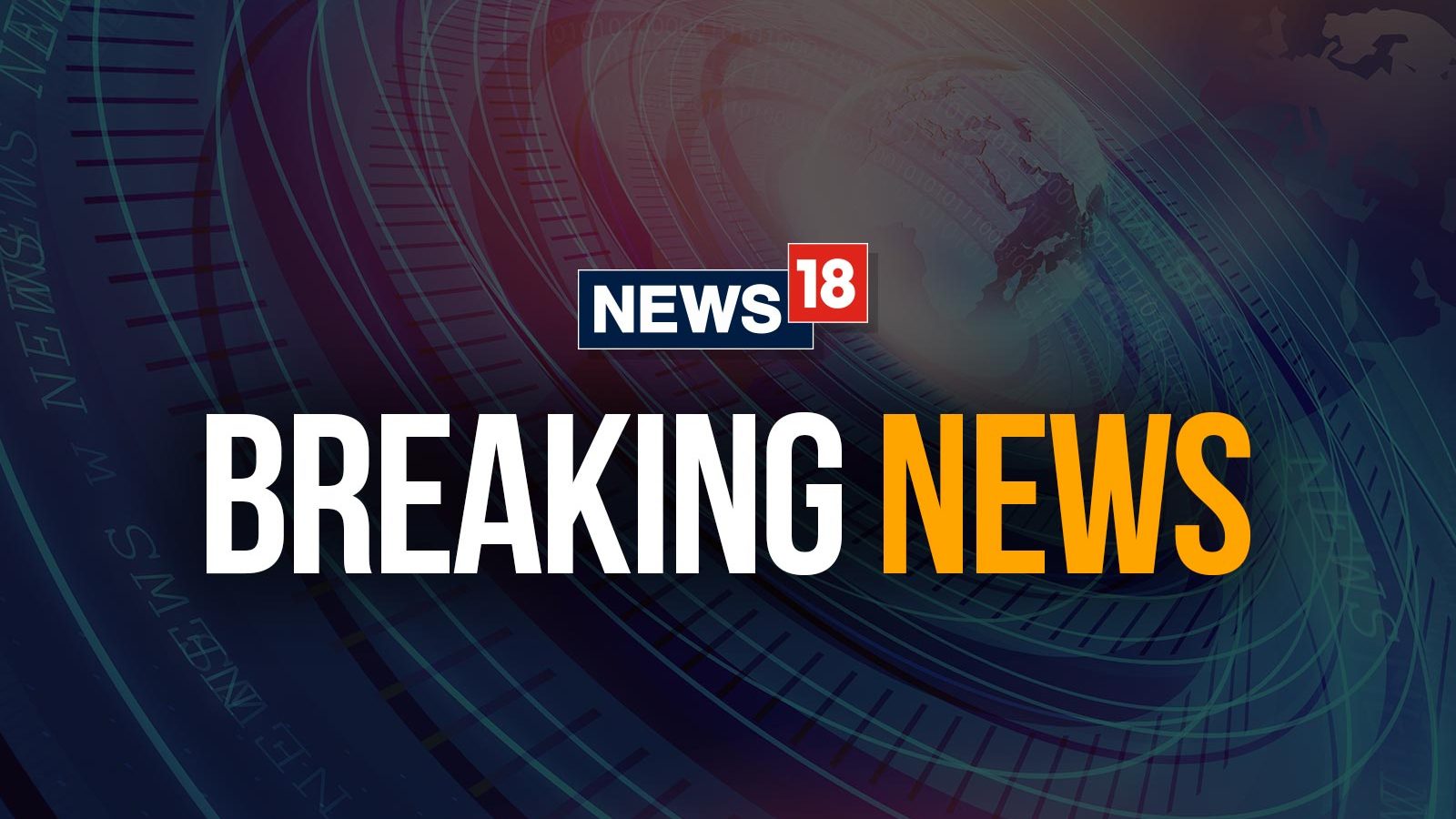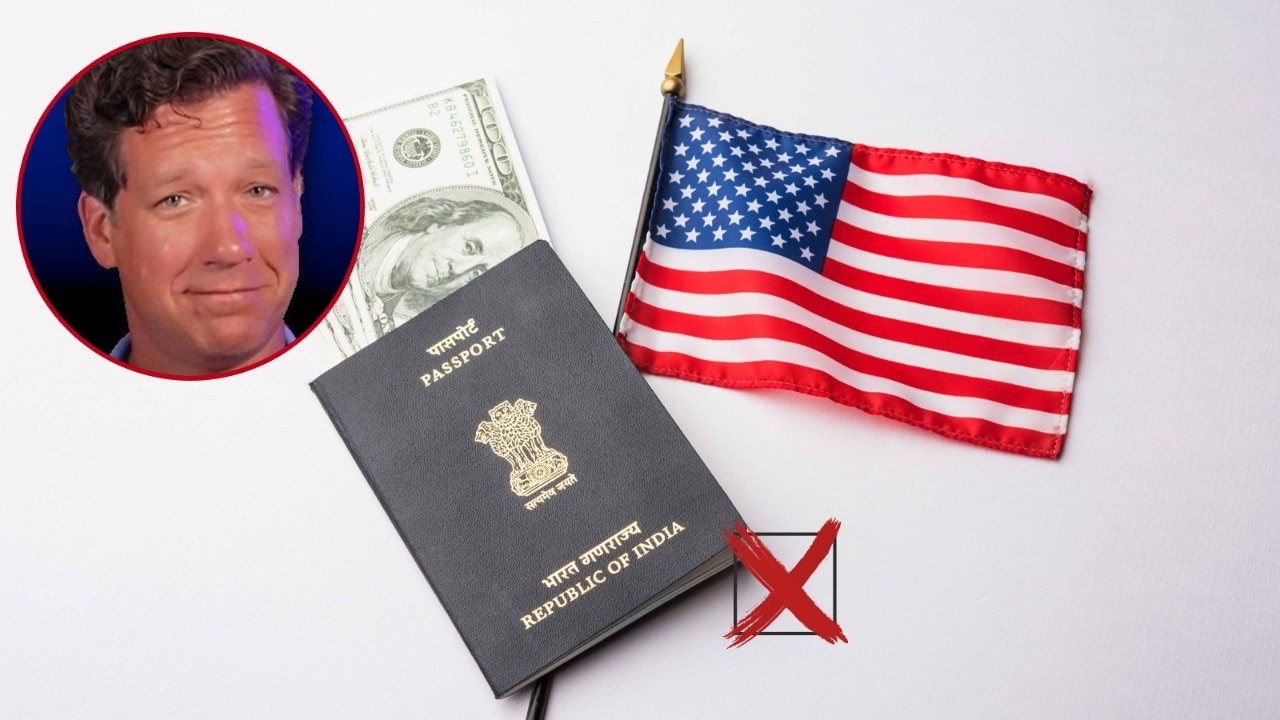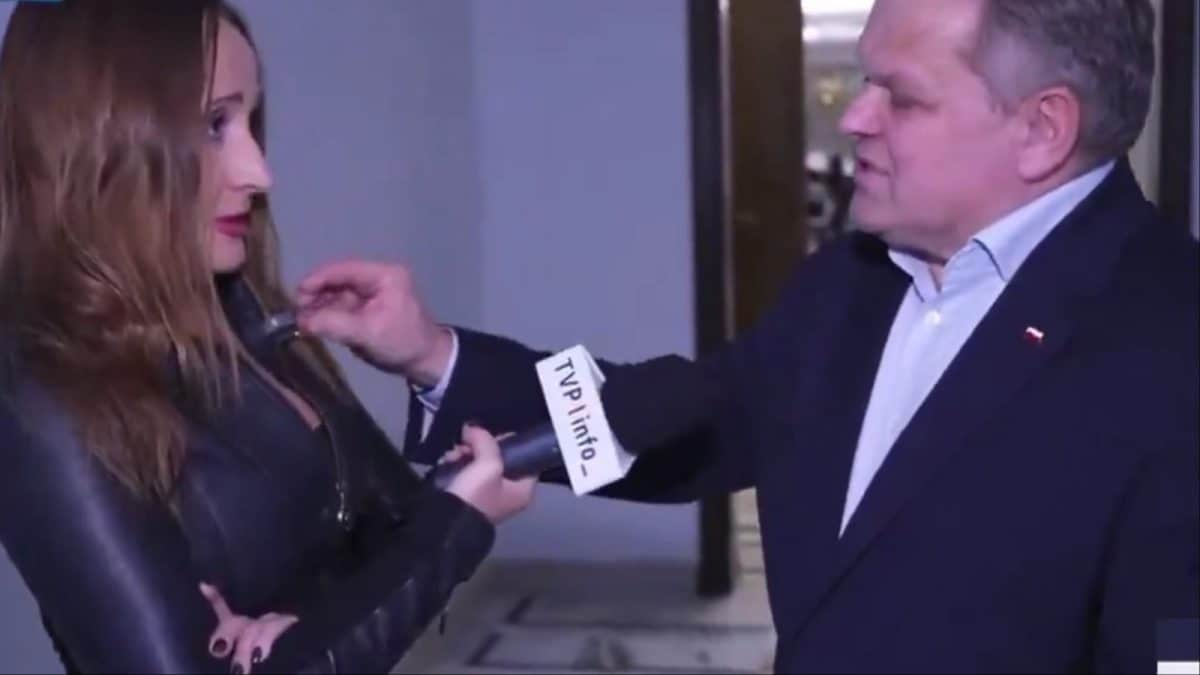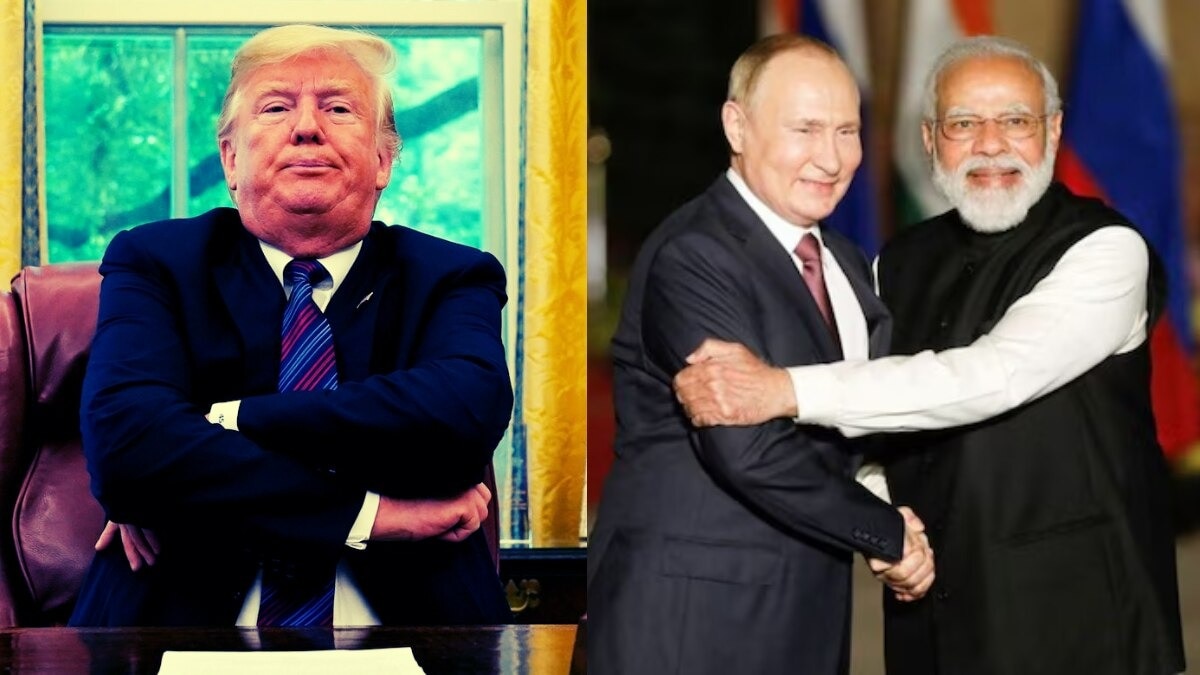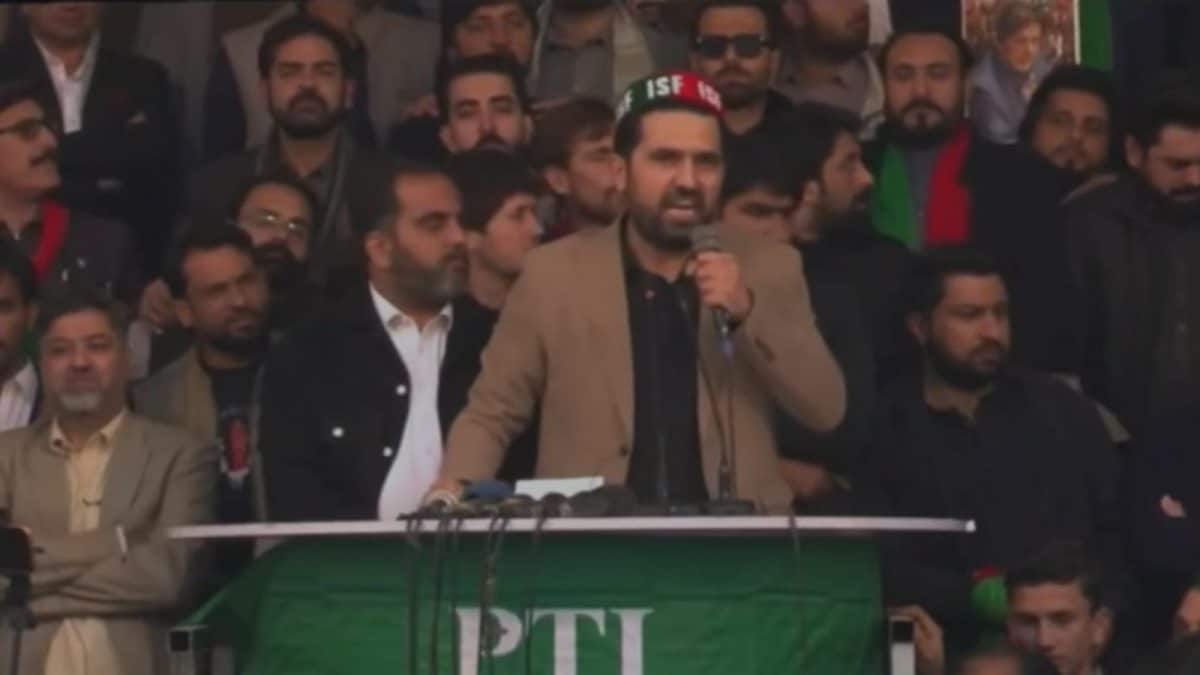Last Updated:November 06, 2025, 17:07 IST
Pakistan-occupied Kashmir’s students have sparked a Gen Z-led unrest that Islamabad fears could echo Nepal’s youth uprising

Pakistan-occupied Kashmir is witnessing its second major unrest in a month. (X)
Pakistan-occupied Kashmir is witnessing its second major unrest in a month, this time led by students and Gen Z activists. What began as a campus protest over university fees and faulty exam results has spiralled into a broader rebellion against the Shehbaz Sharif government and Pakistan’s military establishment.
What Sparked Gen Z Protests In PoK?
The latest wave of protests began earlier this month at the University of Azad Jammu & Kashmir (UAJK) in Muzaffarabad, when students rallied against steep fee hikes and discrepancies in exam results. The controversy centred on the introduction of a new digital assessment or “e-marking" system at the matriculation and intermediate levels.
According to IANS, the results of the intermediate first-year exams, released after a six-month delay, left thousands of students dismayed. Many alleged they had been awarded inexplicably low marks, while others were marked as passed in subjects they never appeared for.
The Board of Intermediate and Secondary Education in Mirpur has since formed a committee to review the process. But anger had already spread, especially after the government imposed rechecking fees of Rs 1,500 per subject, a significant sum for most families in the region.
However, as per Kashmir Digital, the university administration categorically denied claims of a 60 per cent fee increase, calling them “false and baseless." It clarified that only a 10 per cent annual increase was applicable under existing regulations, and a proposed Rs 1,000 adjustment in transport fees, which had not yet been approved, was withdrawn immediately.
In the same statement, UAJK said that teaching activities had been suspended at its Chella campus “to ensure the safety and security of students, faculty, and staff," and urged law enforcement agencies to take legal action against those responsible for the violence.
Despite the denial, protests continued, with students at the Chella campus demonstrating against what they described as poor facilities, lack of transport, and administrative indifference. What began as an education-focused agitation soon grew into a wider movement against corruption, unemployment, and mismanagement — long-standing grievances in Pakistan-occupied Kashmir.
How Did The Protests Escalate In Muzaffarabad?
The demonstrations, initially peaceful, turned violent after gunfire broke out at the protest site, injuring one student. According to Kashmir Digital, eyewitnesses alleged that a man named Raja Mamoon Fahad opened fire on the students before fleeing the scene. The incident reportedly occurred in the presence of police officers, but no immediate action was taken, even though the Sadar police station is located only a few yards from the campus.
Videos of the firing and ensuing chaos soon went viral on social media. Students responded by burning tyres, blocking roads, and chanting slogans against the Shehbaz Sharif government and the Pakistan Army.
#BREAKING: Chaos in PoK, Bullets fired during student protests, arson and vandalism reported in several places.Issue behind the university students’ protests: Lack of transportation, dire state of hospitals, and continuously rising university fees, against which students… pic.twitter.com/vMCpfoIdEE
— OSINT Spectator (@osint1117) November 4, 2025
Observers said the unrest began mirroring youth-led movements in Nepal, Bangladesh, and Sri Lanka, where frustration over corruption and governance failures triggered regime-changing uprisings. The unrest also reignited public anger over the broader lack of governance and police accountability in the region.
Why Did The Shehbaz Sharif Government Ban Student Unions?
In response to the protests, the administration of the University of Azad Jammu & Kashmir swiftly banned student unions and political activities on campus. Officials said this was to restore order, but the move has been widely viewed as a crackdown on student rights and political expression.
According to News18, India condemned the decision, calling it a violation of basic freedoms. Top government sources in New Delhi said the suppression of student unions, arbitrary arrests, and violent crackdowns expose the complete absence of civil liberties in the occupied region.
The student unrest and anti-army slogans reflect a deeper rejection of Pakistan’s control over PoK, which has been under its illegal occupation since 1947, when tribal militias backed by the Pakistani army invaded the princely state of Jammu and Kashmir.
What Role Is The Joint Awami Action Committee Playing?
The Jammu and Kashmir Joint Awami Action Committee (JKJAAC) — a coalition that led widespread protests in PoK in October — has now thrown its weight behind the students.
Just weeks earlier, the region had witnessed violent demonstrations over economic issues, including demands for tax relief, cheaper electricity, and completion of development projects. Those protests turned deadly after security forces opened fire, killing at least 12 civilians.
The Shehbaz government was forced to negotiate with the JKJAAC and concede several demands.
Why Pakistan Fears The PoK Protests Could Mirror Nepal And Bangladesh
The Sharif government and Pakistan’s intelligence agencies are increasingly alarmed by the student-led nature of the unrest. The comparison with Nepal’s and Bangladesh’s Gen Z uprisings has become central to Islamabad’s concern, as per IANS.
In Nepal, a youth-driven protest against a social media ban escalated into a nationwide movement that toppled Prime Minister KP Sharma Oli. In Bangladesh, students and young professionals spearheaded the 2024 demonstrations that ended Sheikh Hasina’s long rule. Both uprisings began with specific grievances but evolved into mass movements against corruption and authoritarianism.
The PoK protests show similar signs — generational anger, frustration over corruption, and resentment against state repression. According to IANS, the agitation could spread beyond PoK into the rest of Pakistan, where public discontent already runs deep, particularly in Balochistan and Khyber Pakhtunkhwa.
Arbitrary arrests and human rights abuses could further inflame the situation. Each crackdown risks turning localised unrest into a nationwide movement, echoing the very patterns seen in Nepal and Bangladesh. For now, the Sharif government is relying on policing and media control to contain the fallout.

Karishma Jain, Chief Sub Editor at News18.com, writes and edits opinion pieces on a variety of subjects, including Indian politics and policy, culture and the arts, technology and social change. Follow her @kar...Read More
Karishma Jain, Chief Sub Editor at News18.com, writes and edits opinion pieces on a variety of subjects, including Indian politics and policy, culture and the arts, technology and social change. Follow her @kar...
Read More
First Published:
November 06, 2025, 17:06 IST
News world A ‘Nepal Moment’? Why Gen Z Is Taking On The Pakistani State In PoK
Disclaimer: Comments reflect users’ views, not News18’s. Please keep discussions respectful and constructive. Abusive, defamatory, or illegal comments will be removed. News18 may disable any comment at its discretion. By posting, you agree to our Terms of Use and Privacy Policy.
Read More

 1 month ago
1 month ago
